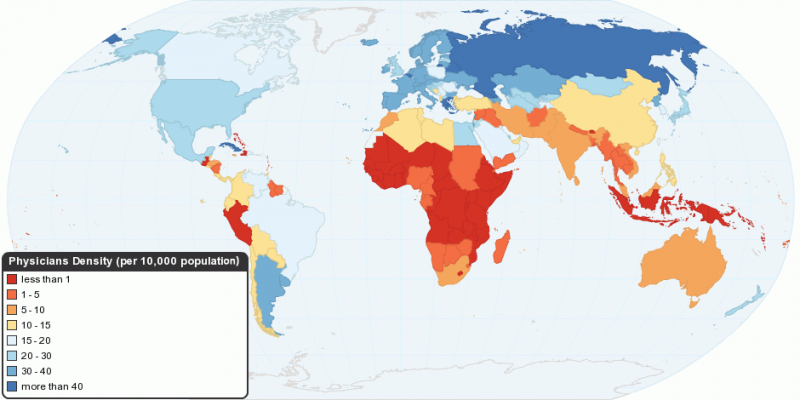Health care encompasses the prevention, diagnosis, treatment, and management of diseases, illnesses, injuries, and other physical and mental impairments. It is delivered by a wide range of health professionals across fields like medicine, dentistry, nursing, and various therapies. Healthcare services span primary, secondary, tertiary, and public health domains, aiming to improve or maintain overall health and well-being.
1970: OECD Life Expectancy Gains
Since 1970, the average life expectancy across OECD countries had gained 10 years, reaching 80.1 years in 2011, exceeding 80 years for the first time.
1980: Worldwide Eradication of Smallpox
In 1980, the WHO declared the worldwide eradication of smallpox, marking the first disease in human history to be eliminated through deliberate health care interventions.
2011: Health Care Spending Among OECD Countries
In 2011, health care spending across the 34 OECD countries averaged 9.3 percent of GDP, or US$ 3,322 (PPP-adjusted) per capita. The United States spent 17.7% of its GDP which amounted to US$ PPP 8,508 per capita.
2013: National Health Interview Survey Findings in the United States
In 2013, the National Health Interview Survey in the United States revealed that skin disorders (42.7%), osteoarthritis and joint disorders (33.6%), back problems (23.9%), disorders of lipid metabolism (22.4%), and upper respiratory tract disease (22.1%, excluding asthma) were the most common reasons for accessing a physician.
2020: Healthcare Industry Accounts for 18% of US GDP
In 2020, the healthcare industry in the United States accounted for 18% of the country's gross domestic product, making it one of the largest and most complex sectors of the U.S. economy.
Mentioned in this timeline
The United States of America is a federal republic located...

Smallpox a deadly infectious disease caused by the variola virus...
The Organisation for Economic Co-operation and Development OECD is an...
An economy encompasses the production distribution trade and consumption of...
Trending
2 minutes ago US Warns Airlines, Venezuela Responds with Bans Amid Rising Conflict Fears
3 minutes ago SeaWorld and Busch Gardens Face DOJ Probe Over Walker Ban Policy.
1 hour ago Sarkisian, Kiffin coaching rumor approaches differ; Desmond Howard mentioned in Nemo's notes.
1 hour ago Emily Finn, 18, Sayville Teen, Killed by Ex-Boyfriend in Tragic Shooting Incident
2 hours ago Pope Leo Visits Mosque, Lebanon, and Turkey Seeking to Bridge Christian Divide.

2 hours ago Chase Rice Announces Touring Break After 13 Years for a Major Career Move.
Popular
Aftyn Alyssa Behn is an American politician currently serving as...

William Franklin Graham III commonly known as Franklin Graham is...

Candace Owens is an American conservative political commentator and author...

XXXTentacion born Jahseh Dwayne Ricardo Onfroy was a controversial yet...

Marjorie Taylor Greene known as MTG is a U S...

Richard Branson is a prominent English business magnate best known...
